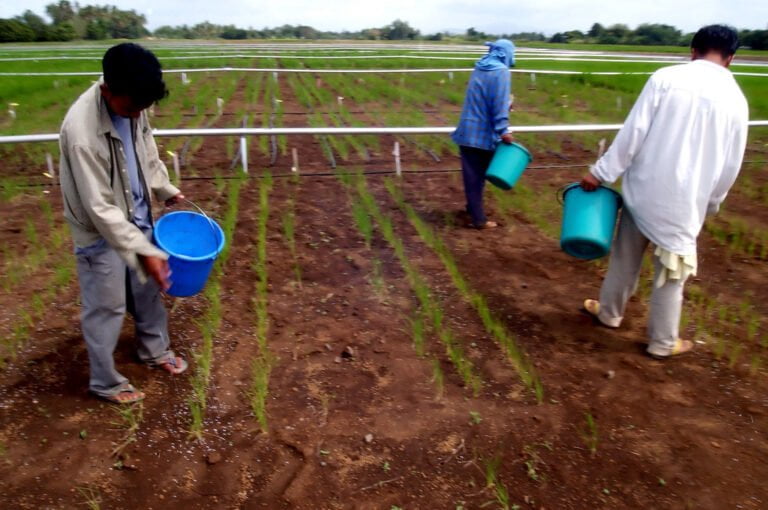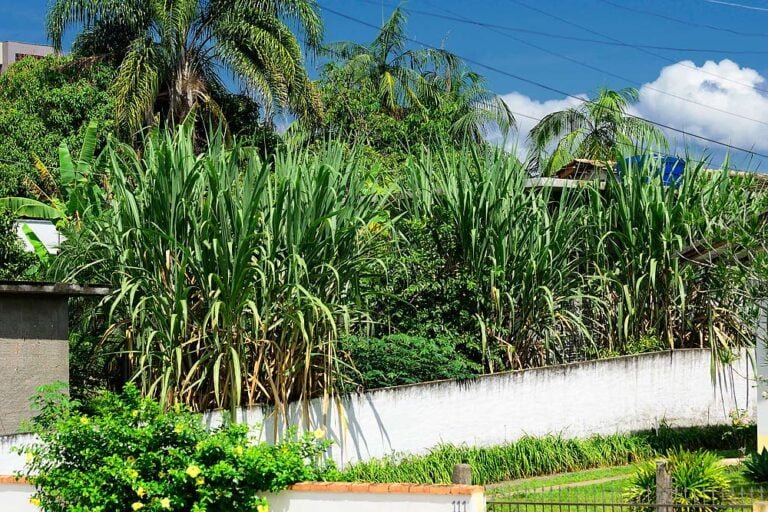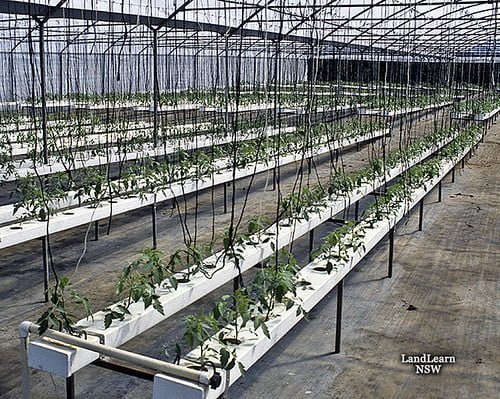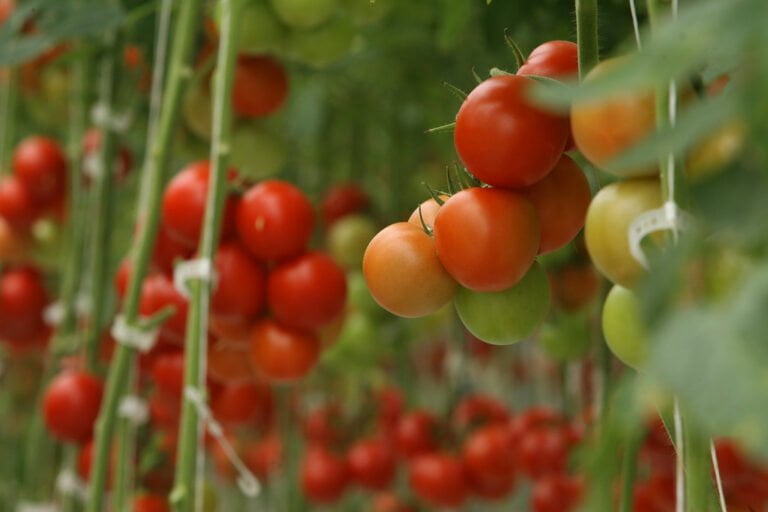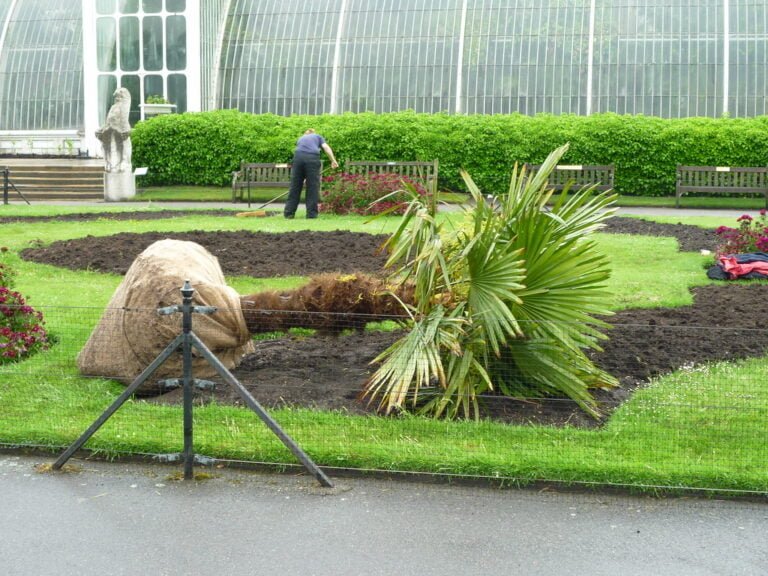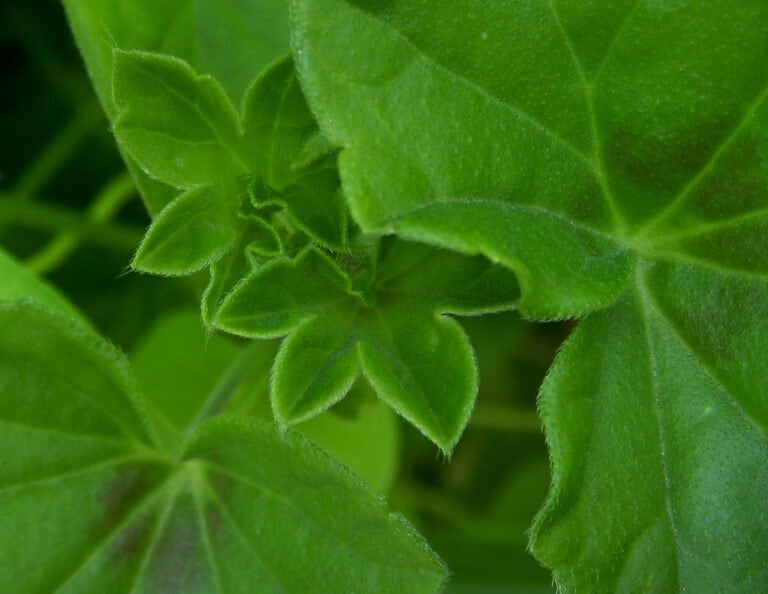Effective Non-Chemical Weed Control Techniques: A Focus on Mulching
Mulching is a powerful non-chemical method for controlling weeds. Natural materials like wood chips and pine bark create barriers that block sunlight and water availability for weed seeds. These organic mulches help keep soil moisture levels steady while deterring weed establishment. Various materials like rice hulls and coconut coir have unique properties for effective weed control. Mulching offers sustainable solutions for healthy gardens and robust plant growth.Improve your weed control with the right mulch techniques.
Mulching for Weed Suppression
Mulching effectively suppresses weeds in container plant production by blocking sunlight, reducing water availability for weed seeds, and creating a physical barrier. Organic mulches such as wood chips, pine bark, and coconut coir play an important role in weed suppression within container plant systems. These materials not only provide a physical barrier that obstructs weed growth but also contribute to the overall health of the soil and support root development in plants.
The use of organic mulches in container plant production helps maintain soil moisture levels by reducing evaporation, thereby limiting water availability for weed seeds to germinate. This water regulation not only aids in weed suppression but also promotes ideal plant growth. Additionally, the presence of mulch materials on the soil surface acts as a deterrent for weed establishment by depriving weed seeds of the necessary light to sprout and grow.
Research is actively exploring the diverse impacts of different mulch materials on weed management strategies in container plant production. Understanding the specific mechanisms through which mulches influence weed suppression can lead to improved practices that boost plant health and productivity. By selecting mulch materials carefully based on their weed control efficacy and benefits for plant growth, container plant producers can effectively manage weeds while fostering a conducive environment for their crops.
Common Mulch Materials Overview
When considering organic mulch materials for weed suppression and plant growth in container plant production, a variety of options such as rice hulls, pine bark, wood chips, coconut coir, nut shells, and cacao bean hulls are commonly utilized. Each of these materials has its unique properties that affect weed control and plant growth. Rice hulls, for example, are lightweight and can be effective in suppressing weeds while promoting plant health. Pine bark mulch is recognized for its ability to improve soil structure and support plant growth. Wood chips provide excellent weed control by establishing a barrier that prevents weed germination and growth. Coconut coir is a sustainable option that helps retain moisture in the soil, benefiting plant development. Nut shells, like walnut shells, can hinder weed growth due to their allelopathic properties. Cacao bean hulls are rich in nutrients and can enhance soil quality over time, aiding in plant growth. In selecting the most suitable mulch material, factors such as availability, cost, and specific needs of the plants must be considered to achieve effective weed management and promote plant growth in a non-chemical manner. Ongoing research continues to investigate the impact of these specific mulch materials on weed control strategies, aiming to optimize their use for sustainable and efficient weed management practices.
Innovative Mulch Products
I’ve come across fascinating innovative mulch products that are transforming weed control in agriculture and gardening. Some examples include biodegradable mulch films derived from corn starch, which naturally decompose in the soil. Reflective mulch films are another exciting option that not only deter pests but also boost crop yields by redirecting sunlight towards plants.
Mulch Types
Innovative mulch products have transformed weed control methods by introducing biodegradable materials derived from renewable resources such as cornstarch and potato starch. These biodegradable mulch films not only act as a physical barrier against weeds but also promote sustainability. Some mulch types incorporate beneficial microorganisms to improve soil health and suppress weed growth naturally. Reflective mulches, such as silver-colored plastic, alter light reflection, repelling insects and disrupting weed development. Mulches infused with essential oils or plant extracts provide a natural weed control solution with added aromatic benefits. Additionally, recycled rubber mulch, made from old tires, offers a durable weed barrier while contributing to environmental sustainability through material reuse.
Mulch Application
One popular method for applying innovative mulch products is by utilizing biodegradable hemp mulch mats for effective erosion control and weed suppression. These mats not only provide a natural way to inhibit weed growth but also help in retaining soil moisture, making them an eco-friendly option. Another option to explore is rubber mulch made from recycled tires, offering long-lasting weed control and resistance to decomposition. Cocoa bean hull mulch not only suppresses weeds but also adds a delightful chocolatey scent to your garden. For those looking for an affordable choice, straw mulch effectively suppresses weeds and helps in maintaining soil moisture. Gravel mulch, on the other hand, is a decorative solution that inhibits weed growth while promoting drainage in landscaping projects.
Drawbacks of Mulching in Containers
Mulching in containers presents several drawbacks that can adversely affect plant health and growth. Excessive moisture retention due to mulching can lead to root rot, a condition that hinders plant development and can ultimately cause plant death. Improper mulch application in containers may create an environment conducive to pests and diseases, posing a threat to the overall well-being of the plants. Compacted mulch layers are another issue that can arise in container gardening, restricting essential air circulation to the plant roots, which are essential for their respiration and overall health.
Moreover, organic mulches used in containers tend to break down relatively quickly compared to those in the ground, necessitating frequent replenishment to maintain their benefits. Additionally, selecting the wrong type of mulch for container plants can result in nutrient imbalances or pH fluctuations in the soil, impacting the plant’s ability to uptake essential nutrients effectively. Addressing these drawbacks is crucial for successful container gardening, as they directly influence plant growth and vitality. By understanding and mitigating these issues, gardeners can optimize their mulching practices to support healthy and thriving container plants.
Recommendations for Effective Mulching
Utilizing suitable organic mulch materials is essential for effectively controlling weeds and promoting healthy plant growth in container gardening. Organic mulches like wood chips and pine bark act as effective barriers, preventing weed seed germination by blocking sunlight. When selecting mulch materials, it is important to take into account their ability to control weeds and support plant growth. Materials such as rice hulls, coconut coir, and nut shells have shown promising results in weed suppression and promoting plant health.
In addition to weed control, mulching plays a critical role in regulating soil temperature, increasing soil organic matter content, and facilitating plant establishment and growth in container plant production. The mechanisms through which mulch aids in weed suppression include light exclusion, reducing water availability for weed seeds, leaching allelochemicals, and creating a physical barrier that inhibits weed growth.
Ongoing research aims to further understand the impact of different mulch materials on weed management and optimize mulching practices for effective non-chemical weed control. By incorporating suitable organic mulches and adopting proper mulching techniques, container gardeners can effectively manage weeds while promoting the growth and health of their plants.
Organic Vs. Inorganic Mulching Techniques
When considering mulching techniques for weed control, the choice between organic and inorganic materials plays a significant role in determining the effectiveness of suppressing weed growth. Organic mulches such as wood chips, pine bark, and coconut coir not only provide essential nutrients to the soil but also effectively inhibit weed growth by blocking sunlight essential for weed seed germination. These materials decompose over time, enriching the soil and creating a healthier environment for plants while naturally controlling weed proliferation.
On the other hand, inorganic mulches like plastic sheeting and landscape fabrics act as physical barriers, preventing weed seeds from reaching the soil and germinating. These materials are particularly useful in areas where persistent weed problems exist, as they offer long-lasting weed control without the need for chemical herbicides. Additionally, biodegradable landscape paper and fabrics present environmentally friendly alternatives for reducing weed growth while maintaining soil health.
Incorporating organic mulches into landscaping not only aids in weed control but also improves soil structure and fertility, reducing the reliance on chemical interventions. Understanding the benefits of both organic and inorganic mulching techniques allows for tailored weed management strategies that promote sustainable and nonchemical weed control practices in various landscapes.

